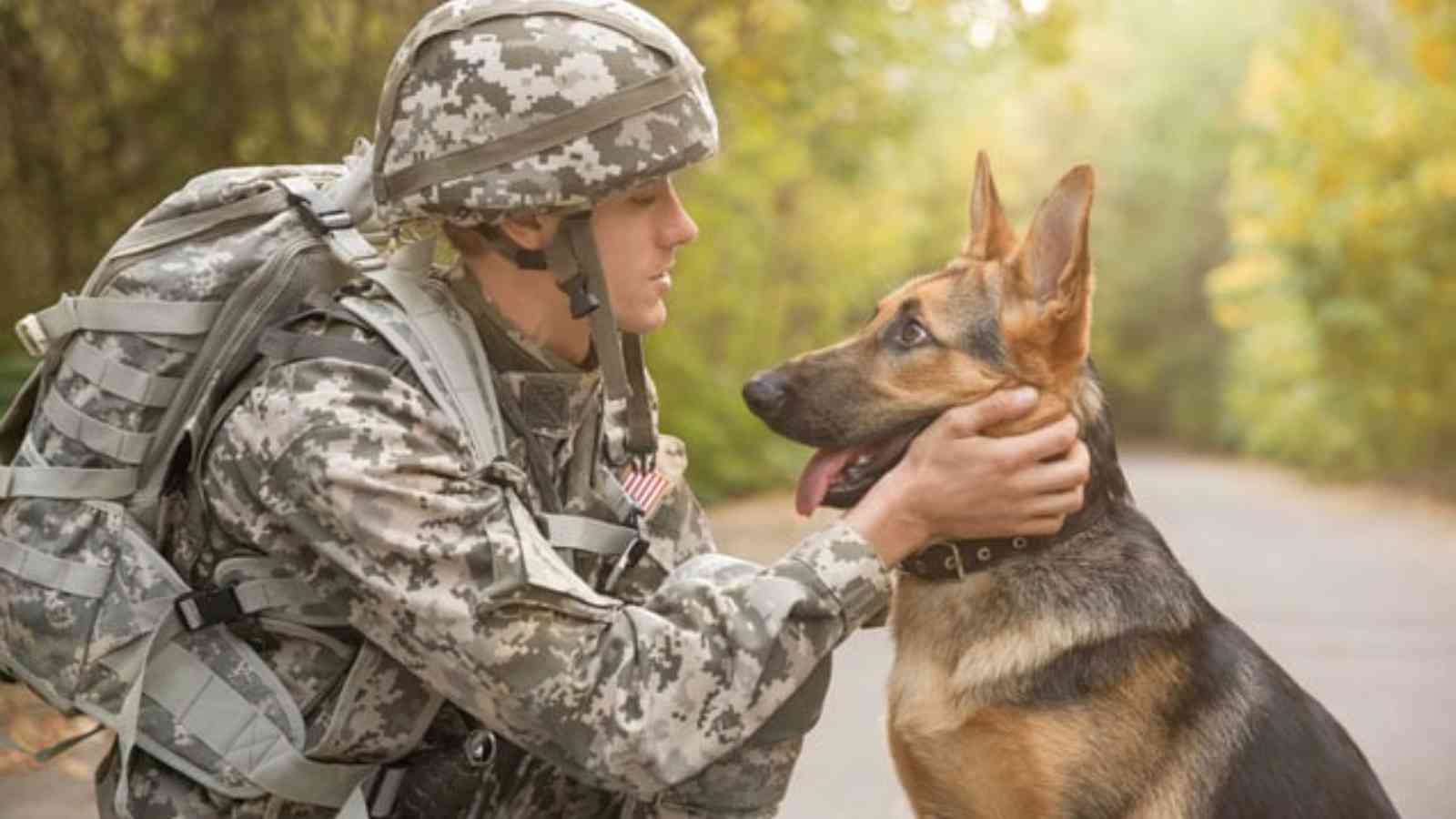National K9 Veterans Day is on March 13, are you excited? Or are we barking up the wrong tree? Our little furry companions are already amazing. But even more heroic are canines who have been trained to serve their country. In addition, they appear so adorable and serious in their uniforms. Since 1942, when an organisation called Dogs for Defense was founded to train canines as supply depot sentries, K9 dogs have existed. The programme was approved by the U.S. Army in March 1942, and on March 13, 1942, the U.S. Army K9 Corps was established. The rest is history (literally). Prepare to honour America’s patriotic canines!
The background of National K9 Veterans Day
Veteran of the Vietnam War from Jacksonville, Florida, Joe White founded K-9 Veterans Day. White was a dog handler who witnessed firsthand how valiantly K-9s served in the war and was disturbed by the (now outlawed) practise of euthanizing working canines at the conclusion of their military service. To help raise awareness and recognise the sacrifices of military working canines, he proposed a holiday in their honour.
The Greeks and Romans preferred the monstrous Cane Corso as their first military working canine. The Corso was a guard dog due to its intimidating demeanour. For pursuing big game, the Persians utilised leaner, sleeker breeds such as the Saluki, the ancestor of the Greyhound. Mongolian armies included canine sentries. These enormous canines were the progenitors of the contemporary Tibetan Mastiff. According to legend, Genghis Khan led 50,000 of his war hounds to Western Europe, where they relentlessly devoured the adversary. Despite the fact that this account is likely military propaganda, it demonstrates the significant military role ancient canines played.
Throughout World War I, European forces utilised dogs as emissaries. In addition, they transported supply carts and machine guns, identify wounded soldiers, and transport medical supplies. Throughout World War II, dogs served in a variety of capacities, including as scouts, guards of supply posts and camps, and rescuers of downed aircraft. The Vietnam War saw the largest deployment of dogs in the annals of the United States military. The military considerably refined techniques for handlers and K-9s in the dense jungles of Southeast Asia, where canines proved to be invaluable. Unfortunately, less than 200 of the original 20,000 military working canines returned home. Today, working dogs can detect explosives and drugs, and their welfare has vastly improved as a result of the military learning from past errors.
5 fascinating facts about military dogs that will astound you
K-9s have an extraordinary sense of scent, approximately 100,000 times greater than the average human.
As with their human counterparts, each K-9 officer has a military rank; this rank is typically higher than that of the handler to ensure that the K-9s receive the appropriate care and respect.
Each year, a well-trained K-9 officer saves military and police units between 600 and 1,000 man-hours, which is a significant amount of time.
Each K-9 is expertly trained in a particular skill set, which may include detecting narcotics or explosives, tracing human scents, detecting accelerants in suspected arson cases, and, more recently, locating concealed electronic devices such as thumb drives.
About 85 percent of working canines in the United States military are bred by specialised breeders in Germany and the Netherlands.
World Day Against Cyber Censorship 2023: Date, History, Facts
NATIONAL K9 VETERANS DAY DATES
| Year | Date | Day |
|---|---|---|
| 2023 | March 13 | Monday |
| 2024 | March 13 | Wednesday |
| 2025 | March 13 | Thursday |
| 2026 | March 13 | Friday |
| 2027 | March 13 | Saturday |



